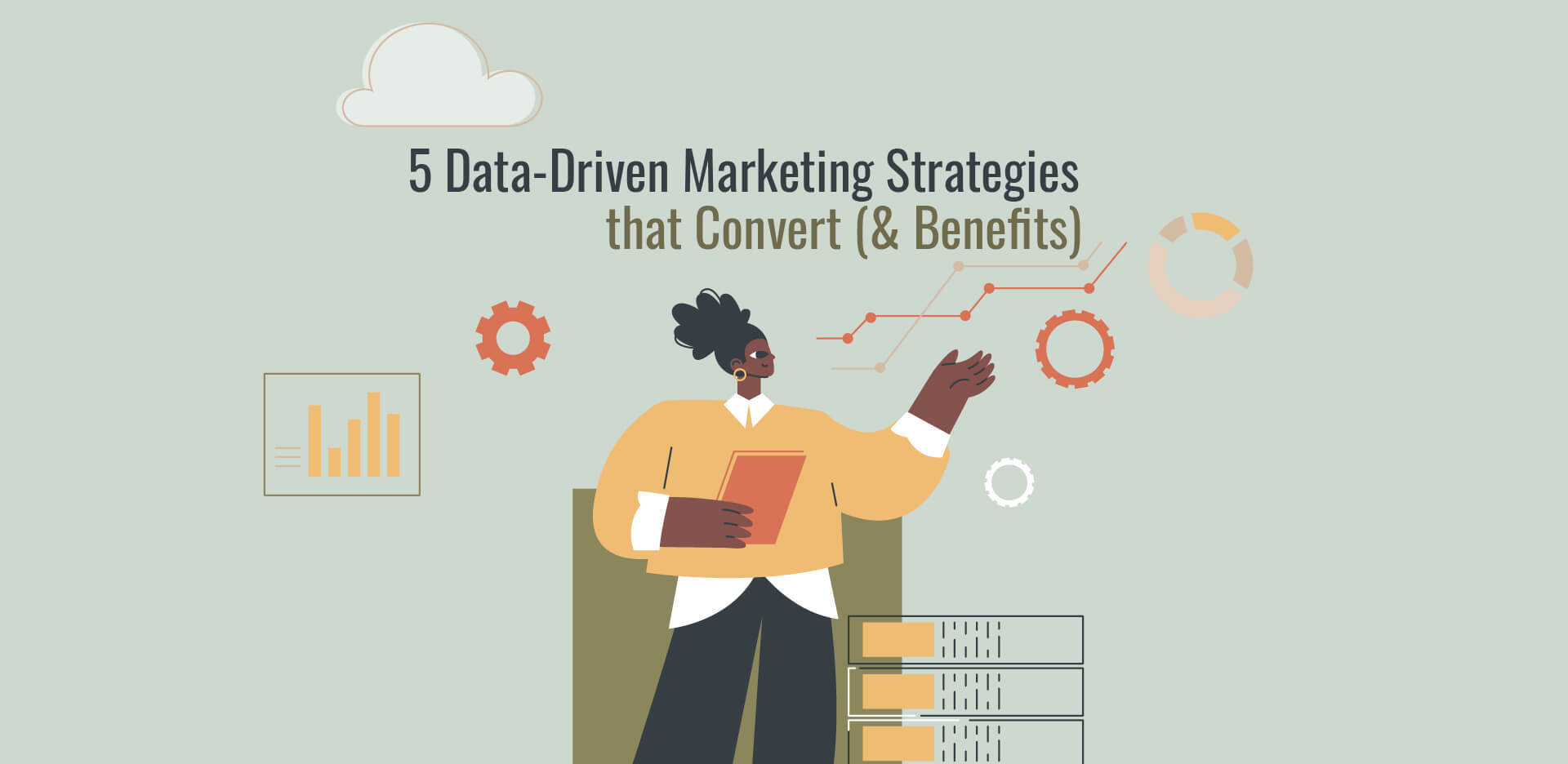
You should first think about what type of brand your are when you search for an example of social-media strategy. It is a good time to get your brand on social media if you have not done so yet. Social media is changing rapidly and new platforms are emerging all the time. Every day, new features emerge to help customers engage and start conversations. Trends can be appealing, but it is important to stay true to the things that your audience values and is interested in.
Content strategy
A good content strategy is the backbone of a successful social media campaign. It is an essential tool for any marketer, and it can help keep them on top of all of the different factors that impact success. It helps you see the different content creation steps in context so that each task feels like a step towards a larger goal. You must remember that creating great content is not enough to make social media successful. Your business goals should also be considered and considered when making your decisions. Knowing your audience and their preferences will help you to craft the right content.
Keywords
Although it can be challenging to create a social strategy, it is much easier to write it down. You can use different analytics on social media platforms to create a strategy that works best for you. To see which content is most effective for your audience, you can use the same content across each channel. In addition to this, you can use tools like Zapier to create a strategy that incorporates different themes and messages for each platform.

Audience segmentation
As a social marketer, you are well aware of the importance audience segmentation. This will allow you to reach a particular group of people and ensure that your messages are relevant to their interests. But audience segmentation can be too broad. You may end up writing messages for many groups and targeting a smaller number of people. To achieve the most effective audience segmentation, you should first understand the demographics of your target audience.
Engagement metrics
Using engagement metrics as an example of social media strategy can be extremely helpful in evaluating the success of your social media marketing. One metric is not enough. However, using multiple metrics together can give you a better picture and help you make informed choices. For instance, if your post receives a lot of likes but very few comments, you may need to add up all of the interactions to determine whether it was effective. If the post does not contain a call to actions, you may want to examine other metrics that can help you adjust the content and increase the reach.
Trend mapping
Using trend mapping as an example of a social media strategy can be highly effective for brands. Brand engagement is often impacted by trends. One recent trend was nostalgia marketing. General Mills tapped into this trend to increase their engagement with their brand. This same trend has been a key role for other businesses. Trend mapping can help brands stay ahead of the curve by leveraging the latest trends.

FAQ
Why should I do Content Marketing?
HubSpot reports that the average person spends almost two hours per day reading content, on social media and in their newsfeeds. They also watch TV, read magazines, browse websites, listen to podcasts, or look at newspapers. That's a lot spent on content!
How long does content marketing take?
It depends on the size and scope of your business. Smaller businesses often don't have the resources to invest immediately in content marketing. But it can pay big-time if your are willing to put in the time.
Why is a Content Marketing Strategy necessary? Why not just send emails or post social media updates?
Two main reasons you may choose to ignore a Content Marketing Strategy.
-
Perhaps you think email marketing and social networking posts are enough for people to talk about your brand.
-
You might think that posting on social media or email marketing is impossible if you haven’t tried it.
Both of these assumptions are false.
Email marketing and social media posts are great ways to connect with prospects and customers. But they don't suffice by themselves.
Email campaigns alone will not help you reach your goals. Instead, it needs to be part of a larger strategy. You can't rely on social media to help you reach your goals. These posts should be part of a larger plan.
This is where a Content Marketing Strategy can help. Creating a strategy that sets clear objectives for each piece of content allows you to manage your entire content creation process.
As a result, you'll be able to spend more time focusing on other essential aspects of running your business, like growing your audience and increasing conversion rates.
And even though there are many benefits to having a Content Marketing Strategy, it doesn't mean it's easy.
A strategy can make all the difference.
Why is content marketing important?
Content marketing does not mean creating high-quality content just for the sake. Instead, it's about engaging with people on an emotional level, helping them solve problems, and building relationships. This requires a deep understanding of how people act online.
This is exactly the purpose of Content Marketing Strategy. Content Marketing Strategy will help you to understand the psychology of your customers in order to best engage them.
It can also increase conversion rates which will help you increase your profits.
You might be asking yourself why you would invest in a Content Marketing Strategy, when so many options are available.
Content Marketing Strategy has a higher ROI than any other marketing method.
So whether you are looking to increase brand awareness or sell products, a well executed Content Marketing Strategy is the best way to go.
How can you build a content-marketing strategy that works?
You must first determine the type of content that you wish to create in order to develop a content marketing program. Next, identify your target market and the ways they use the internet. Next, determine which channels are most effective in reaching your target market. Next, find the right keywords and create compelling copy to promote each piece of content.
How many hours per workweek should I be spending on content marketing?
It all depends on what your situation is. You may not need to spend any time at all on content marketing. You will need to spend at least an hour a day if your goal is to increase traffic to your website.
Statistics
- According to research compiled by Coschedule: Companies that publish 16+ blog posts a month get as much as 3.5x as much traffic as those that publish 0-4 posts a month. (criteo.com)
- Content marketing produces 3X more leads per dollar spent. Content marketing costs 62% less than traditional marketing. (criteo.com)
- Measure your goals with a progress indicator of 0-100%. Make your goals collaborative and transparent (semrush.com)
- Companies that use content marketing see approximately 30% higher growth rates than businesses not using it. (mailchimp.com)
- An example of an overarching goal could be: "In 2022, we want to achieve a 20% increase in revenue created by organic content and generate 15,000 MQLs with a budget of $30,000." (semrush.com)
- Forty-seven percent of buyers view 3 to 5 pieces of content before engaging with a sales representative. (mailchimp.com)
- According to the Content Marketing Institute, 70% of B2B marketers and 86% of B2C marketers surveyed use content marketing in some form or other. (criteo.com)
- To further show the importance of this, 89% of people have stopped doing business with a company because of a poor experience. (neilpatel.com)
External Links
How To
How to create stunning photos
Images can help you make your content standout among the rest. Images are one of most effective methods of communicating ideas visually. They are great at grabbing attention and increasing engagement. They are great for communicating complex concepts clearly and effectively. ).
Images can bring life to writing and presentations, and make them more engaging. However, if you don’t know what to do with the image you choose, your results could be less impressive. This article will offer some helpful tips for selecting the best images to use for your next project.
-
What makes an image great? When choosing which photos to use, there are many things that you need to remember before you even start looking at them. First off, you want to pick images that are clear and concise. A cluttered photo isn't going to cut it - it won't grab attention as a clean, simple picture would. Avoid images that have people not smiling or staring directly into the camera. This is because it gives the impression that whatever you say isn't very interesting. It is important that your image does not distract from the main message you are trying convey. It should not draw attention away from the content.
-
Look for inspiration. After you have a list with potential candidates, it's now time to go through them all and pick the ones that appeal to your heart. You should first look at their captions. You may see captions in both the photo and the text. In either case, it is important to check that the caption is easy to read. Pay attention to what the photo is referring to. Is it somewhere where you might expect to find people having fun? It might be a dangerous place. Perhaps it's a place you don't associate with happiness. Whatever the reason you like the picture, think about what it means for the overall message that you want to send.
-
Different types of images can be tested. Images can be used to highlight important aspects of your text. A picture of a product may be useful if your article is about it. A similar image could be used to illustrate the information in an infographic. These kinds of visual aids will help draw readers closer to your information, as they'll feel more connected to what you're sharing.
-
Choose the right file format. You must remember which file format you should use when choosing images. JPEG and GIF are the two most common file formats when designing web pages. Both are great file formats, but each has its pros and cons. JPEG files will work with any media type, including websites or social media posts. Because they can store large amounts of data in small spaces, JPEG files are especially useful for photos. GIFs can become blurred over time due to their loss of quality. GIFs have a smaller file size than JPEGs and are therefore better suited to animation and graphics. GIFs don't allow transparency which makes them unsuitable for photo editing.
-
Include other visuals. It's a good idea to add visuals to your content if it is difficult to think of images. Because it creates a distraction-free space for your readers, this can greatly improve the effectiveness of your article. This makes them less likely to abandon your site after reading your article. Create infographics, which are great for adding visuals to your site. Infographics are a popular way to quickly share lots of information. Additionally, infographics often include lots of photos, making them great for adding to your blog posts.